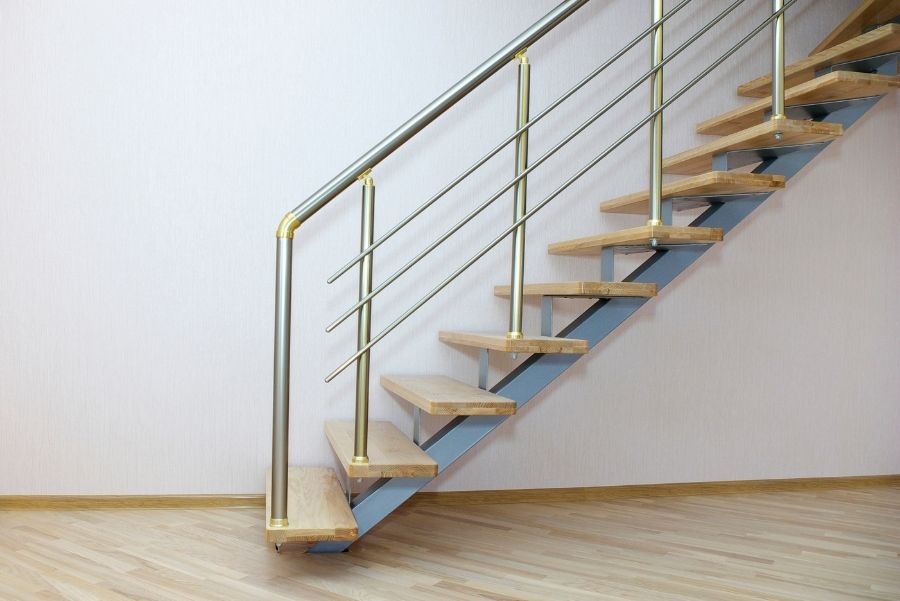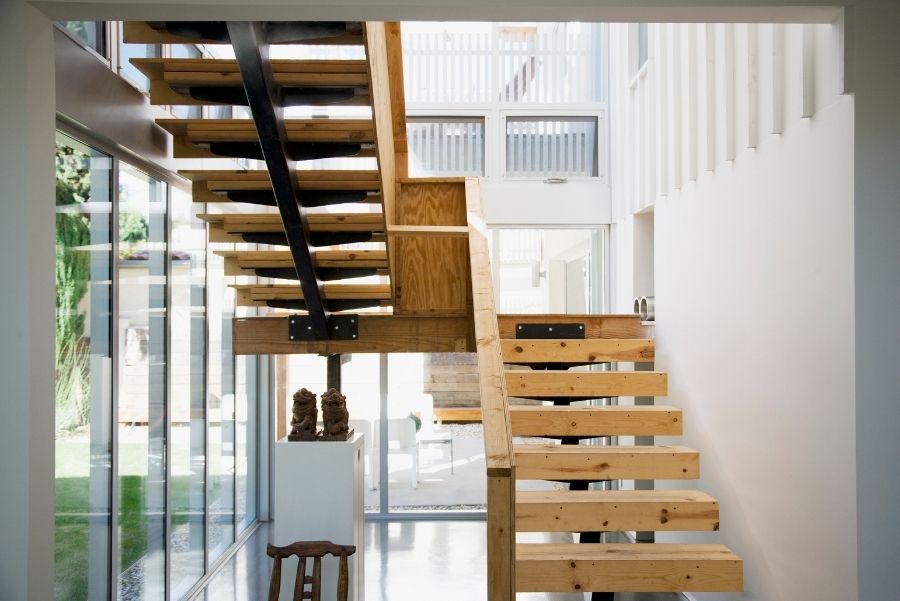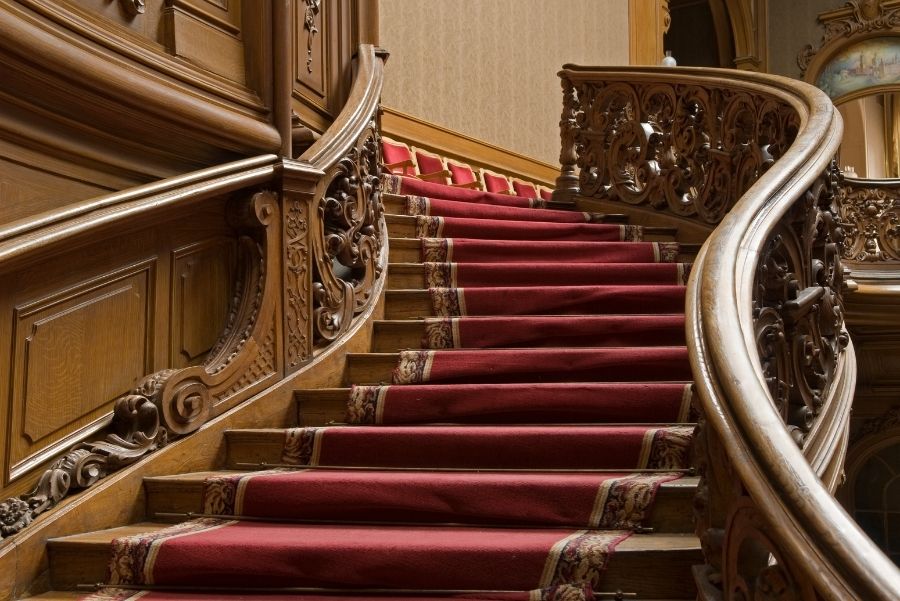A stair will refer to an individual step, while a stairway or staircase means a group of stairs located in-between one floor and the other. A stairway is several stairs constructed or designed to bridge a vertical distance between two places. Stairways could be straight, round, or two or more different shapes connected at an angle.
Significant Differences Between Staircase and Stairway
While a stairway is a group of steps that allows you to walk up or down, a staircase, on the other hand, can be said to be a connected group of stairs or a flight of stairs. It means that a staircase could be a small set of stairways connected.
In another way, one can describe a stairway as a flight of steps, whereas a staircase is a flight of steps with a supporting or attached framework. For instance, a staircase often comes with casings or balusters as supporting frameworks.
When comparing the stairway and staircase parts, one can also discover some differences between the two. In a staircase, each step has independent support. For instance, stringers that run on each side of the stair can support each step along the way. Risers may also be used, and these are parts that make up the vertical part of each stage and the thread which is the part of the stairs you place your feet.
Component Parts ha Also Make Some Differences.
In addition to the parts, a staircase comes typically with a very firm starter step which is also referred to as “Swell step”, plus a fence that will keep you from falling off the sides. The wall comprises vertical posts for side protection. Staircases do come with thick starter posts alongside handrails. Most of these components are missing in stairways, and they all work together to form a solitary, firm staircase that is reliable.
A staircase may refer to several stairs, but it remains a single piece of architecture. A staircase can thus be said to be a combination of stairways and components that keep them together. A stairway is a series of stairs constructed independently, with most of the structural supports like balustrade missing.
Component Parts of Stairway and Staircase
It is essential to familiarize yourself with sure stairways or staircases to understand the similarities and differences. A thread, for instance, is part of the stairway that has been stepped upon. It is generally designed with similar specifications in other flooring types. The riser component is that vertical portion located in the vertical region between each step. The riser may be missing to create an open effect of stairs.
Nosing is that edge of the stair’s tread that protrudes over the end of the riser. Nosing adds to the total length of the stairs.
A Stairway or Staircase Increase Value of a Home
While the differences between stairway and staircase exist, both can be customized to suit the home’s needs. A professional installer can help you convert stairways into staircases or make structural changes to an existing stairway or staircase to make them more appealing.
We asked Newcastle Staircases if structural upgrading of a stairway or staircase can significantly increase the home’s overall value. According to them, It is essential for individuals looking to sell their properties in the future. According to a realtor survey, an upgraded staircase can increase a home’s value by 3-5%, depending on the components added.
Conclusion
Stairways and staircases are not just there to add operational support for homeowners, and they can also complement interior décor. With a stairway or staircase installed by a professional installer, you can save maintenance costs because you will have original components that are durable and long-lasting. The installation of a new stairway or staircase usually is the costly part of the deal, making changes and maintenance schedules are much more affordable.


